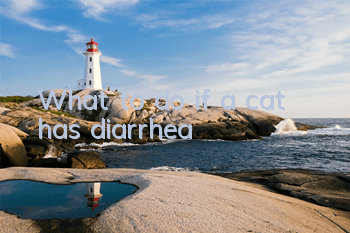The first type: survival needs
Corgis were first used to work cattle. When a cow is disobedient, they bite its ankles. At this time, the cows will feel pain and they will step on them randomly. In order to prevent the Corgi's tail from being stepped on by the cows, the tails of the Corgi dogs used to look after the cattle need to be docked. Gradually, Corgi became a pet dog, but this custom remains unchanged.
The second type: confuse the enemy and protect yourself
When a dog encounters an enemy, its tail is particularly easy to reveal its identity, and its danger will be greatly increased. In serious cases, life may be lost, so docking the tail helps the dog hide itself and confuse the enemy. You must know that when a dog fights, his tail can betray him whether he is scared, ready, or something else. After docking the tail, some psychological emotions are hidden. This may be the reason why dogs’ tails were docked in history.
The third type: for beauty
Yes, you read that right, many dogs have their tails docked to make themselves look better and more in line with people’s aesthetics. This reason may sound far-fetched, but it is not. For the sake of beauty and spirit, there are some breeds whose tails are docked purely for aesthetic appreciation, so that the overall proportions are more in line with our human aesthetics. Many people cannot understand this. Nowadays, many dogs have bid farewell to their original work. If the purpose of tail docking is only for appearance, then tail docking is an inhumane behavior, and there has been a lot of controversy about this.








